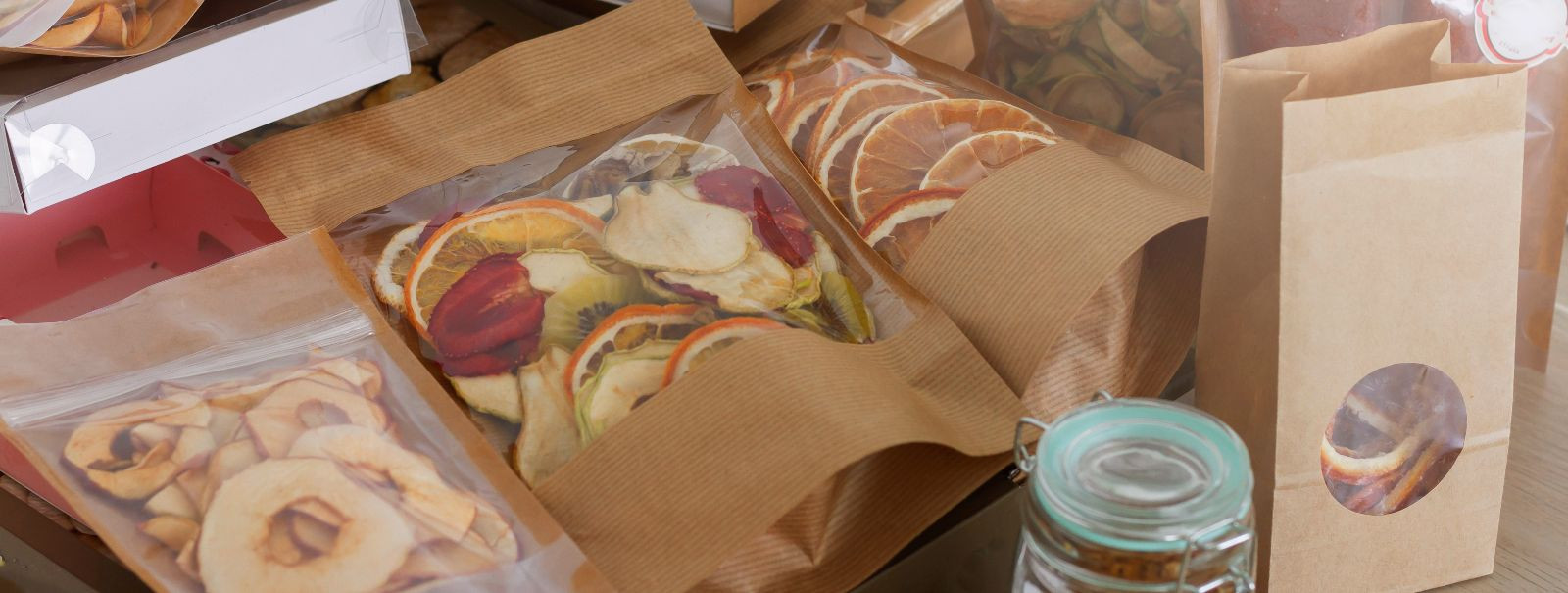The future of foodstuff packaging
Food packaging has undergone a significant transformation over the years, evolving from mere containers for transport to sophisticated systems that ensure food safety, extend shelf life, and provide valuable information to consumers. As we look to the future, the packaging industry is poised to take even greater strides in innovation and sustainability.
Current Trends Shaping the Future of Foodstuff Packaging
With a growing global emphasis on environmental responsibility, the packaging industry is rapidly adopting materials that reduce the ecological footprint. Bioplastics, recycled materials, and plant-based packaging options are becoming more prevalent, offering a greener alternative to traditional plastics.
Smart packaging is revolutionizing the way we interact with food products. Technologies such as QR codes, NFC tags, and sensors are being integrated into packaging to provide consumers with real-time information about the product's origin, freshness, and nutritional content.
Consumers are demanding greater transparency in their food products, and packaging design is responding with cleaner, more minimalist aesthetics that emphasize clarity and honesty about ingredients and sourcing.
As governments worldwide implement stricter regulations on packaging materials and waste management, companies must adapt to ensure compliance while still meeting consumer demands.
Innovations on the Horizon for Foodstuff Packaging
Edible packaging is an exciting area of innovation, with the potential to eliminate waste entirely. Made from natural, consumable materials, these packaging solutions could redefine the way we think about packaging.
The development of biodegradable and compostable packaging materials is accelerating, offering a promising future where packaging can return to the earth without leaving harmful residues.
Active and intelligent packaging systems are designed to interact with the food they contain, actively working to extend shelf life and maintain quality, while also providing consumers with information about the condition of the product.
Customization and personalization in packaging are becoming more popular, allowing brands to cater to individual consumer preferences and stand out in a crowded marketplace.
Challenges and Considerations for the Future
While innovative packaging solutions offer many benefits, they often come with higher costs. Balancing innovation with economic viability will be a key challenge for the industry.
The integration of new packaging materials and technologies may introduce complexities into the supply chain, requiring careful management and coordination.
For new packaging innovations to succeed, consumer education and acceptance are crucial. Companies will need to invest in educating consumers about the benefits and proper use of these new packaging types.
As packaging becomes smarter and more connected, issues of data security and privacy will become increasingly important. Ensuring the protection of consumer data will be paramount for the industry's future.






Comments (0)